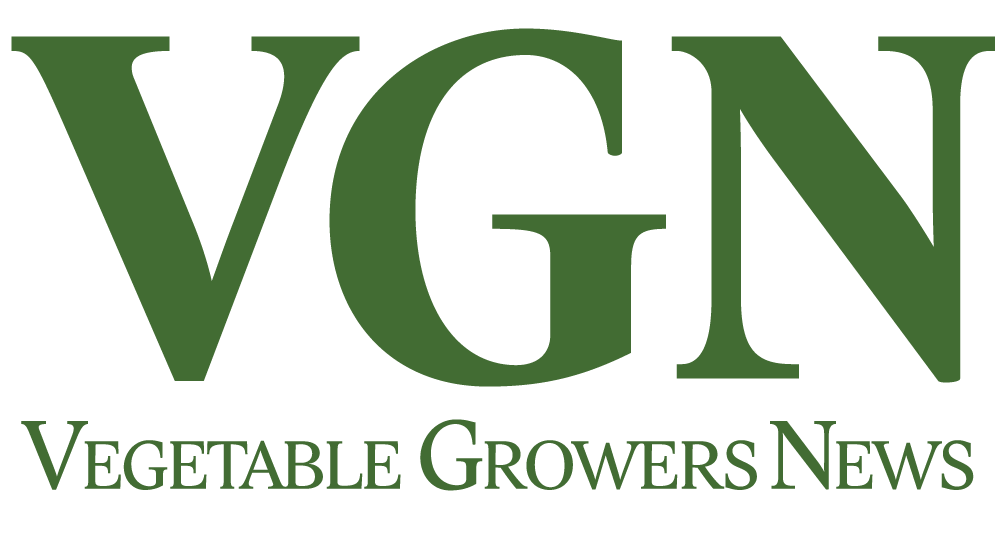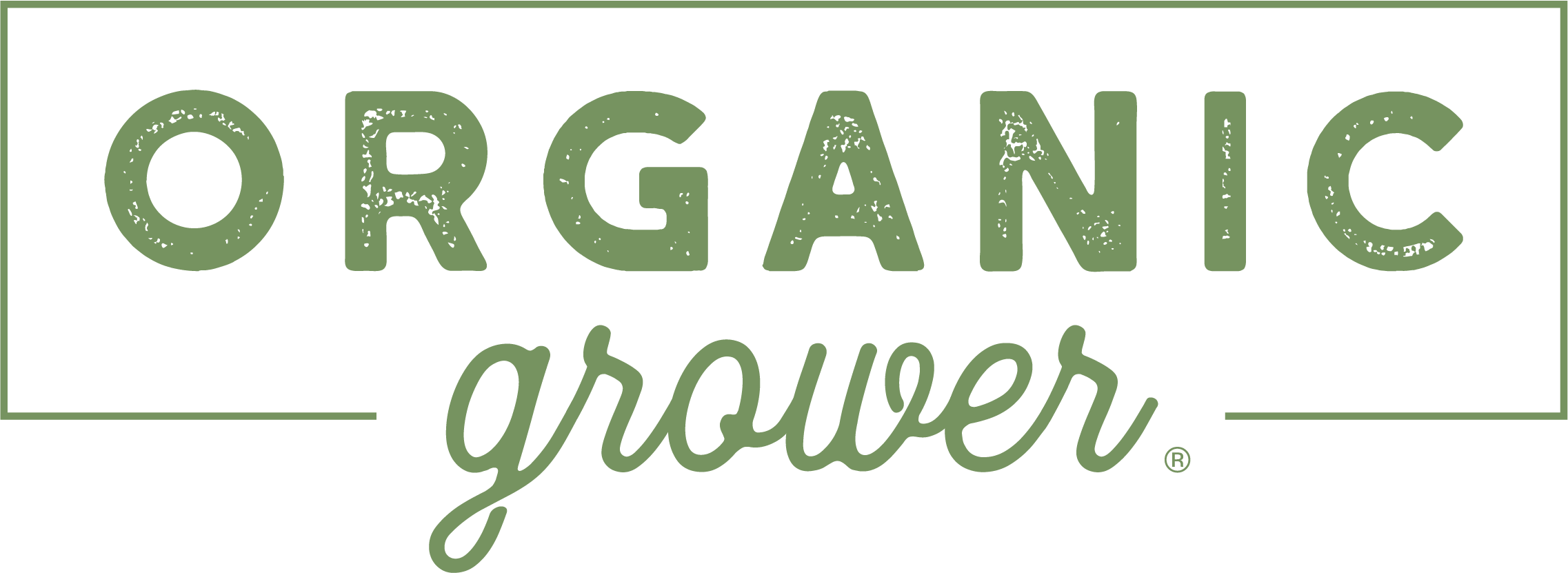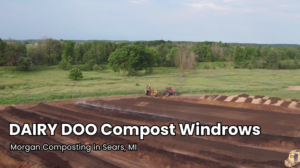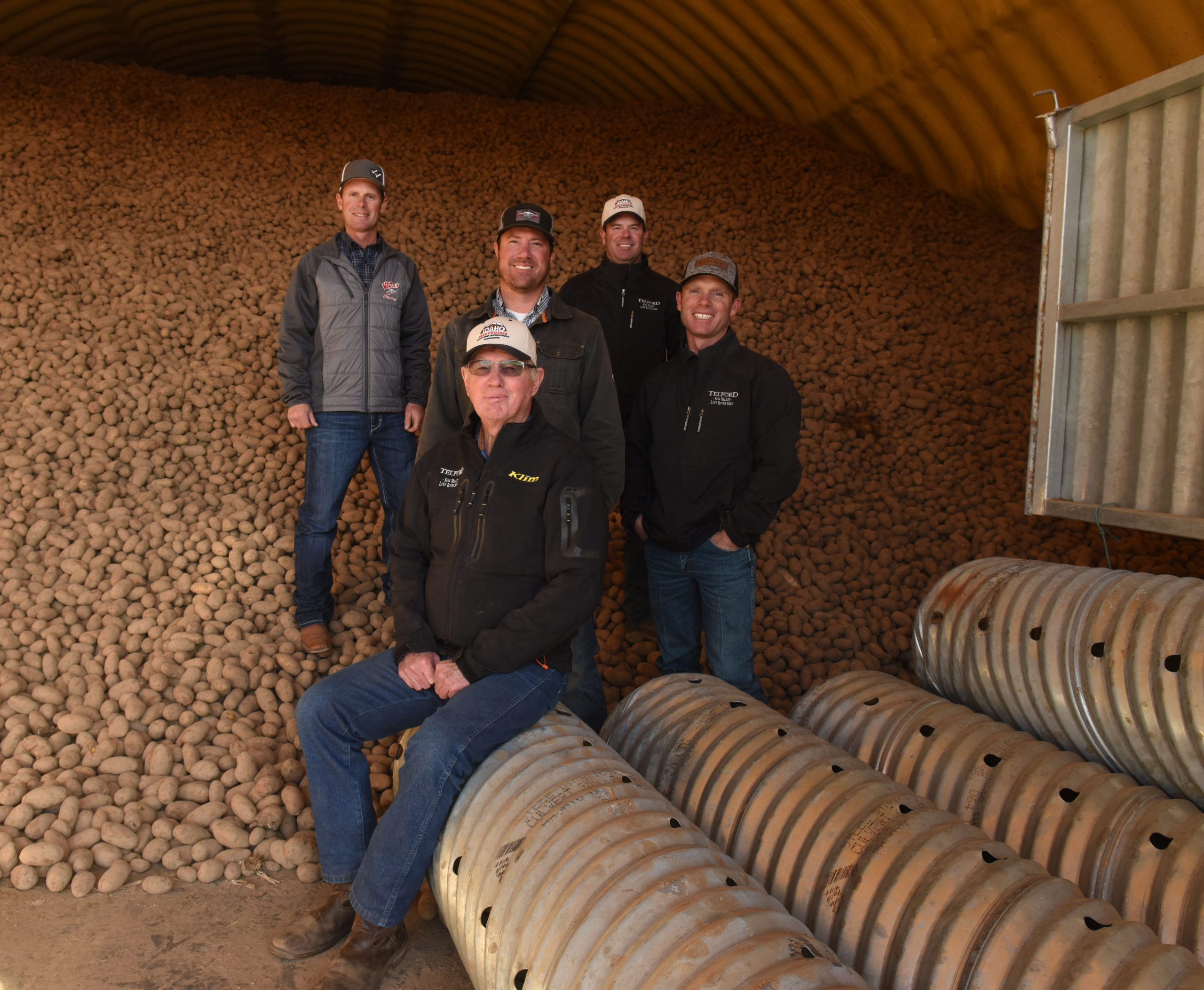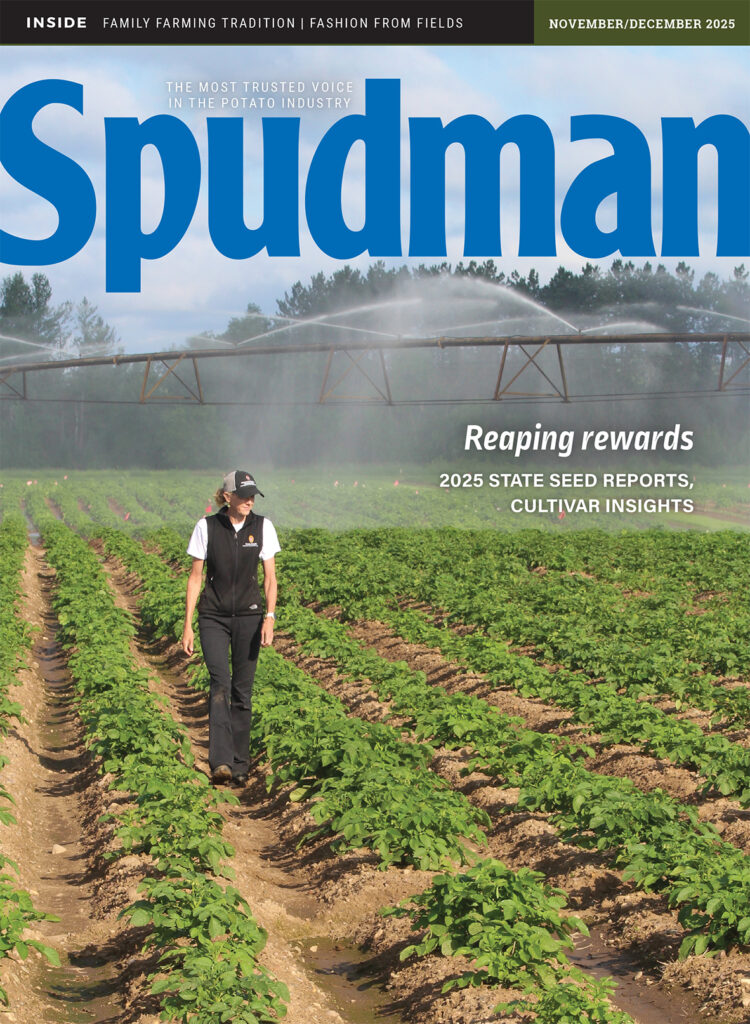
Amplifying the power of potassium
When it comes to the health of potato plants, potassium plays a vital role. The mineral, utilized in large quantities by plants throughout the growing season, affects tuber development, starch content, and overall yield and quality while helping the plant withstand stress and transport nutrients.
Conventionally, however, potassium is applied to potatoes exclusively at planting time — a custom that crop nutrition and fertilizer company AgroLiquid says isn’t giving growers the best return on investment.
In-season application trials have shown improvements in quality and storability of potatoes, said Abe Isaak, AgroLiquid west region sales agronomist.
In 2024, the company applied its potassium sulfur fertilizer Kalibrate at hilling and row closure to potatoes at its Miller Research facility in Rupert, Idaho. In comparison to the grower standard micronutrient mix, that application produced more marketable potatoes with better size, resulting in an improvement of $451 ROI per acre, according to company data.
Isaak talked with Spudman in more detail about the benefits of in-season potassium application.
Let’s start with a 30,000- foot view of what potassium does for potato plants.
Isaak: It’s like the Gatorade of nutrients. It helps do a lot of things. It helps other nutrients move up and down the plant and be useful. Specifically, it helps build sugars in the plant. It helps keep the stomata of the leaf open so we get less stress, among other things. It helps build carbohydrates that the plant needs to survive and thrive and grow and produce what it needs to.
Especially when the plant starts to turn reproductive and the tubers start to take off on a potato plant and finish out, if you’re short on potassium, you’re going to see a direct result of quality and shelf-life and storability and eatability of that potato. It won’t be quite what you want it to be.

Why is in-season potassium application not more common in the industry?
Isaak: We (farmers) are very conservative, so change does not always come very easily. Economics is a big factor in it. We’re making money doing it this way: ‘If it ain’t broke, don’t fix it,’ instead of looking at it and saying, ‘OK, what can I do to spend a little bit more money and invest in something that might make me a great return?’
It is one of the things we do in potatoes: You put everything in at planting time, and you do very little, except for maybe nitrogen, for the rest of the year, and you walk away from it and just hope everything turns out for the best. That massive dumping of nutrition in the ground — maybe we can take some of that, spread it out, and apply it throughout the season and apply different nutrients at the time when that plant really needs it.
What benefits have been found with in-season application?
Isaak: You’re able to look at your tissue samples and say, ‘You know what, we’re in pretty good shape. Maybe we don’t need to put quite so much on as we thought we would need to,’ or ‘Hey, we’re falling behind. We need to get caught up.’ Then you have the opportunity to do that. Where if you do it one time, and you’re done, it is what is, and you’re left with that. You’re trying to eliminate that year-to-year volatility.
How does the in-season application study work?
Isaak: We have been doing this with our growers in the Pacific Northwest (PNW) for the last several years. A lot of growers have been applying potassium in-season as well as at planting. We’re not adding to the program. We’re just taking some of that money we’re laying out front at planting time and pulling it back and applying it later in the season, so the cost is not any greater as far as out-of-pocket fertilizer costs. You’re irrigating, so you can put fertilizer in that pivot at the same time.
You go to a grower and say, ‘We’ve been trying this, and it’s been working really well.’ Anecdotal evidence will get you so far, but there comes a point (where growers ask), ‘OK, is this really what is driving this quality increase and yield increase? Are there some other factors?’ So you try to eliminate things. We said, ‘Let’s put some midseason applications of potassium in a trial. Is what we think we’re seeing what we’re really seeing?’
What results have you seen so far?
Isaak: We’ve got one year of it (data). It does show what we’ve been doing commercially with growers in the PNW and Idaho is working. Where we’re really seeing the difference is in the quality and storability of those tubers. (Growers) are opening up their storage bins and their storage rooms, and they’re looking at maybe 70%, 75% marketability of those potatoes, and we’re able to get closer to 80% and better (with in-season application).
We don’t always win yield contests with it compared to the growers’ standard, but when it comes to taking that product to market and how much of that crop is getting in there, we’re winning the bottom line, the ROI, in a big way. It really comes down to: It’s not what you make. It’s what you can keep.
What has proven to be the best application time, or does that vary?
Isaak: We’re putting on a product called Kalibrate. It is a soil-applied potassium. We’re putting that on about 20 units equivalency at row closure and then at hilling. By doing that, we’re able to increase that yield and quality, so that timing is very important. That’s usually when we start to see some heat moving in.
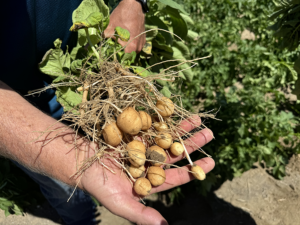
Are the findings in the PNW and Idaho applicable nationwide?
Isaak: Absolutely. The way plants grow is the same all over the country. Your timings might be a little bit different depending on what variety you might be growing and what you’re trying to accomplish, (but) wherever you are in the country, growing potatoes specifically, I believe that if you go in there and hit that timing of closure and hilling, your timing is going to be pretty close.
It (also) makes a big difference what type of product you go in there with. It doesn’t matter as much how much nutrient you put out there as how much nutrient you can get into that plant. Being able to put a soluble, plant- available potassium is what it’s all about.
Is in-season application the future of potato growing?
Isaak: I think it’s here now. Growers need to jump on this and be a part of this, because it can make a big difference. They can cut the costs of their programs and increase that yield, so they’re actually going to spend a little bit less money to do this and make more money back in their pockets.
There are some other things that a grower has to do as well. I don’t want to paint it as potassium is the silver bullet. There is no silver bullet, but it lends itself very well to what you do with micronutrients and calcium at the front end. Those, hand-in-glove, working together, really make a big difference on quality.


